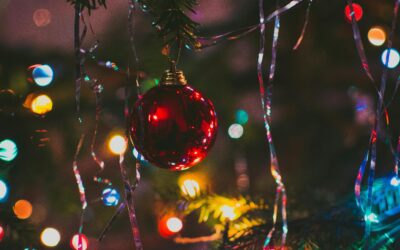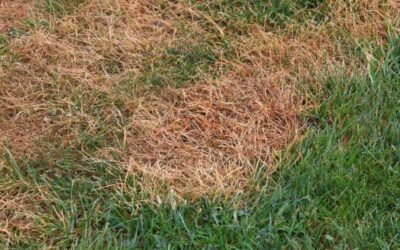As the crisp air of autumn begins to settle in, it’s time to turn your attention to preparing your flower beds for the fall season. Seasonal flower bed maintenance during this transitional period can ensure that your garden remains healthy and vibrant, providing a solid foundation. Here are some essential tips for maintaining your flower beds in the fall, ensuring they stay in top condition through the colder months.
Clean Up and Remove Debris
One of the first steps in fall flower bed maintenance is to clean up and remove any debris. Fallen leaves, spent flowers, and dead plant material can harbor pests and diseases, which can affect the health of your garden. Rake up leaves, pull out dead annuals, and trim back any perennials that have finished blooming. This cleanup not only keeps your garden looking tidy but also helps prevent potential problems in the spring.
Mulch Your Flower Beds
Applying a layer of mulch to your flower beds is a crucial fall maintenance task. Mulch helps insulate the soil, regulate temperature, retain moisture, and suppress weeds. Organic mulches like shredded bark, wood chips, or compost are excellent choices. Spread a 2-3 inch layer of mulch around your plants, being careful not to pile it against the stems or trunks, which can
cause rot.
Divide and Transplant Perennials
Fall is an ideal time to divide and transplant perennials that have become overcrowded. Dividing perennials helps rejuvenate the plants and encourages healthier growth. Carefully dig up the plants, divide the root clumps, and replant them in well-prepared soil. Water them thoroughly to help them establish before the ground freezes. This process also allows you to spread the beauty of your perennials throughout your garden.
Plant Fall Flowers and Bulbs
Take advantage of the fall season to plant cool-weather flowers and spring-blooming bulbs. Flowers such as pansies, mums, and asters thrive in the cooler temperatures and can provide color well into the fall. Additionally, planting bulbs like tulips, daffodils, and crocuses in the fall ensures a burst of color in the spring. Make sure to plant bulbs at the appropriate depth, usually about three times the height of the bulb, and water them well after planting.
Watering and Irrigation
Even though temperatures are cooler, it’s essential to continue watering your garden until the ground freezes. Plants still need moisture to survive, and fall watering helps them store energy for the winter. However, avoid overwatering, as excess moisture can lead to root rot and other issues. Adjust your irrigation system to account for the changing weather conditions, and consider using a soaker hose or drip irrigation to deliver water directly to the roots.
Fertilize Appropriately
Fall fertilization can give your plants the nutrients they need to thrive during the colder months. Use a slow-release, balanced fertilizer to provide a steady supply of nutrients. Avoid high-nitrogen fertilizers, as they can encourage new growth that might not survive the winter. Instead, opt for fertilizers that promote root growth and overall plant health.
Protect Plants from Frost
Frost can damage or kill tender plants, so it’s important to protect them as temperatures drop. Use frost blankets, cloches, or cold frames to shield delicate plants from the cold. Mulching also provides an extra layer of insulation to protect the roots. Monitor weather forecasts and be prepared to cover your plants on nights when frost is expected.
Weed Control
Weeds can compete with your plants for nutrients, water, and light, so it’s crucial to keep them under control. Pull weeds by hand, being sure to remove the entire root to prevent regrowth. Applying mulch can also help suppress weeds by blocking light and making it harder for weed seeds to germinate.
Prune Shrubs and Trees
Pruning in the fall helps maintain the shape and health of your shrubs and trees. Remove any dead, diseased, or damaged branches to prevent them from causing problems over the winter. However, avoid heavy pruning, as it can stimulate new growth that may not withstand the cold. Focus on light pruning and shaping to prepare your plants for the dormant season.
Prepare Garden Tools for Winter
After completing your fall maintenance tasks, take the time to clean and store your garden tools properly. Remove any soil or debris, sharpen blades, and oil any moving parts to prevent rust. Store tools in a dry, sheltered location to ensure they’re in good condition when spring arrives.
By following these seasonal flower bed maintenance tips, you can keep your flower beds healthy and beautiful through the autumn and into the next growing season. Proper care during the fall ensures that our garden remains a vibrant and enjoyable space, ready to burst into life when spring returns. For professional help with your fall garden maintenance, trust Jack’s Lawn Care & Landscaping
in Charlottesville. Our experienced team can provide the expert care your garden needs to thrive through the seasons. Contact us today to learn more about our services and how we can help you maintain a stunning landscape year-round.



